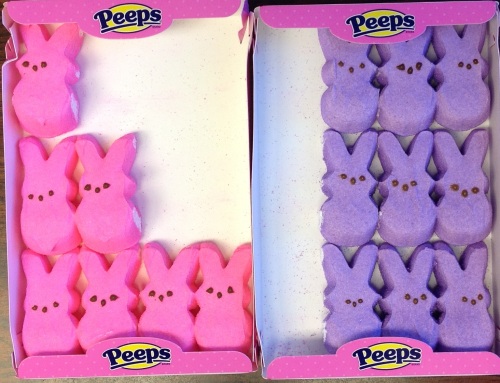A few weeks back, Tabitha asked Why are zero and half the same? I was curious to know whether that conversation had affected her thinking in any way. So I asked.
Me: Tabitha, do you still think zero and half are the same? Or have you not thought about that in a while?
Tabitha (six years old): I think…Half isn’t a number. I mean, it’s made of numbers put together, but it’s not a number.
Me: What is a number?
I love this question. How people answer it can be revealing. I asked a version of it of Griffin when he was in Kindergarten.
T:
is a number.
Me: Oh?
is a number, but not one-half?
T: Yeah. But it doesn’t really get used.
Me: What do you mean by that?
T: Well, people say, 1, 2, 3, 4, 5, 6, but not
.
Me: Oh. So when we count count, we skip over
?
T: Yeah.
We are both silent for a few moments, thinking.
T: Zero, too. People don’t count starting at zero. They say 1, 2, 3…
Me: Yeah. Isn’t that funny?
T: It should go half, zero, 1, 2, 3…
It seems clear that has indeed been thinking about that conversation. She is struggling with the betweenness of ; that it expresses a number between 0 and 1.










